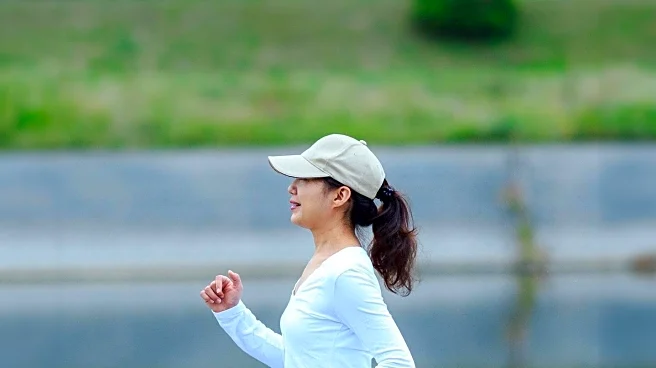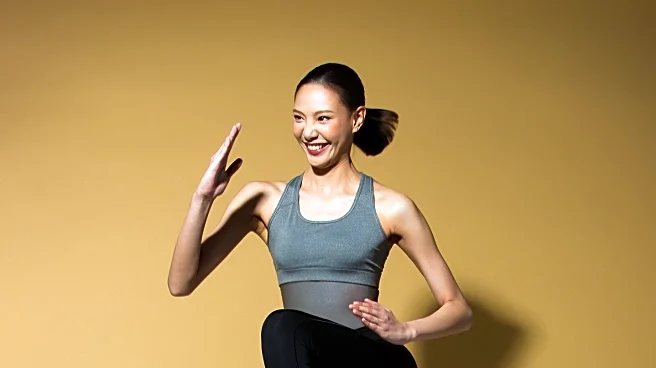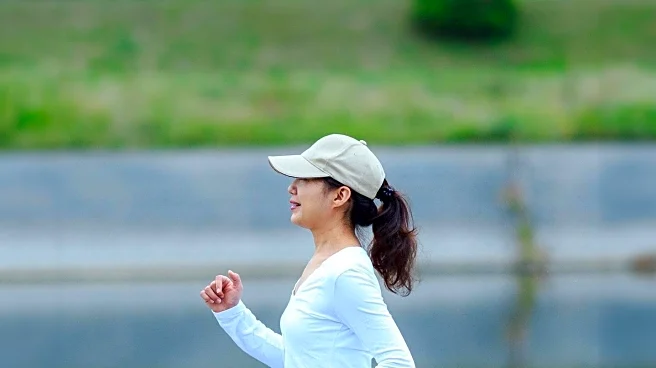What is the story about?
What's Happening?
A recent analysis highlights the benefits of squats, a simple body weight exercise, in promoting healthy aging. As individuals age, they experience a natural decline in muscle mass, which can accelerate after the age of 60. This muscle loss, known as sarcopenia, can be counteracted through strength training exercises like squats. According to a study published in the British Journal of Sports Medicine, strength training, similar to aerobic exercise, can help older adults live longer by maintaining muscle strength, which supports posture, balance, and metabolic health. Squats engage multiple muscle groups, stimulate the cardiovascular system, and improve neuromotor and skeletal health, thereby reducing the risk of age-related diseases and enhancing overall life quality.
Why It's Important?
The significance of incorporating squats into regular exercise routines lies in their ability to combat age-related muscle loss and improve overall health. As muscle strength is crucial for maintaining independence and functional capacity in older adults, exercises like squats can help prevent falls, strengthen bones, and enhance insulin sensitivity. This is particularly important as maintaining muscle strength can protect against cardiovascular diseases, osteoporosis, and neurodegenerative conditions such as Alzheimer's and Parkinson's. By promoting a combination of aerobic and resistance training, including simple body weight exercises, individuals can improve their quality of life and potentially extend their lifespan.
What's Next?
For those looking to incorporate squats into their fitness routine, starting at any age can yield significant health benefits. Fitness experts recommend beginning with body weight squats and gradually increasing intensity as strength improves. This approach not only aids in building a solid musculoskeletal foundation but also ensures that individuals remain active and independent as they age. Health professionals may continue to advocate for strength training as a key component of healthy aging strategies, potentially influencing public health guidelines and fitness programs aimed at older adults.
Beyond the Headlines
The broader implications of this focus on strength training for aging populations include potential shifts in healthcare priorities and resource allocation. As more evidence supports the role of exercises like squats in preventing chronic diseases and enhancing life quality, there may be increased emphasis on preventive care and wellness programs. This could lead to a cultural shift towards valuing physical fitness as a critical aspect of aging, encouraging more individuals to adopt active lifestyles earlier in life.
AI Generated Content
Do you find this article useful?












